Hattie McDaniel: Talent, Drive, Audacity, Agency
Published On
August 16 2022
Author
Donald Bogle
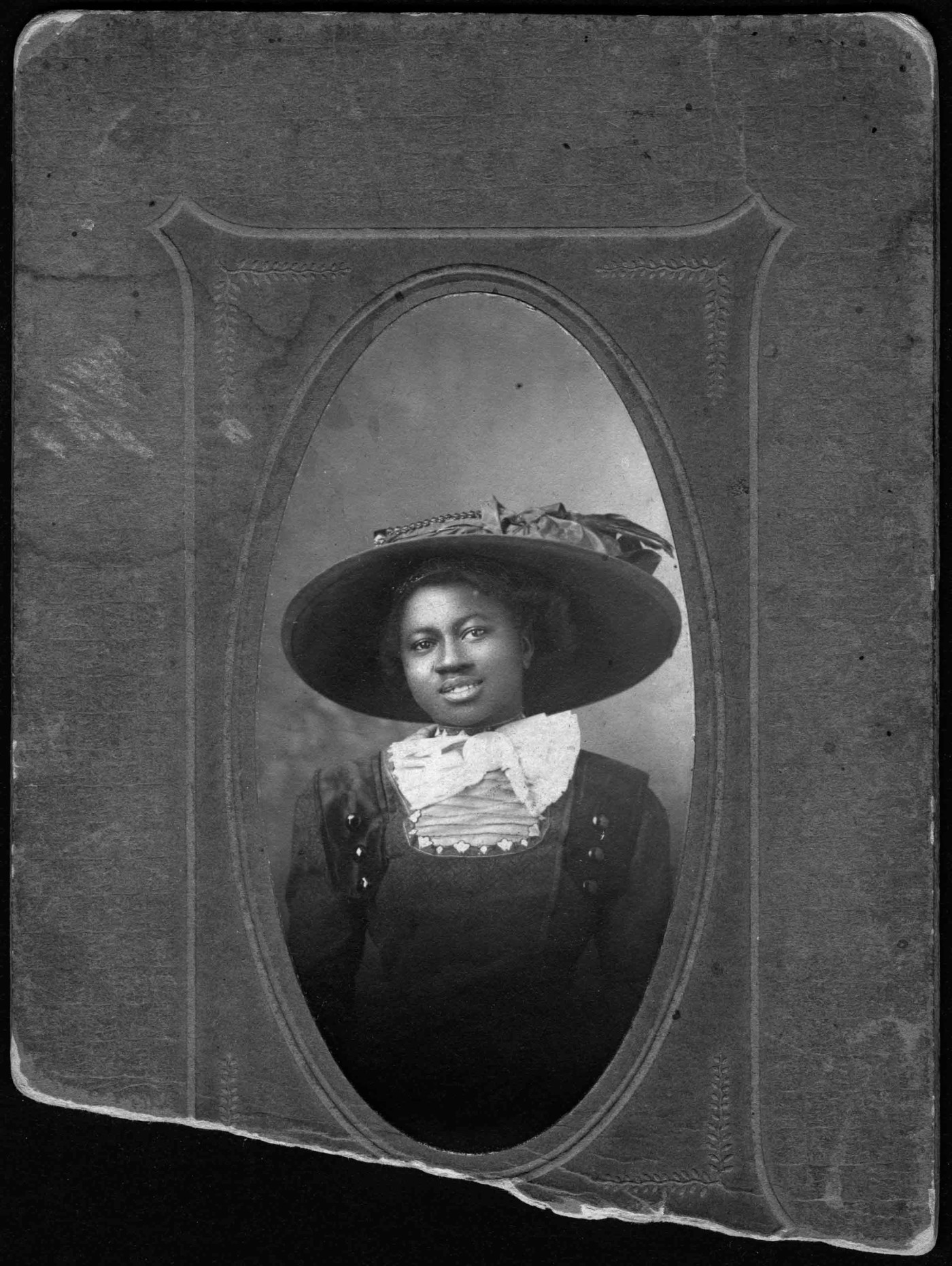
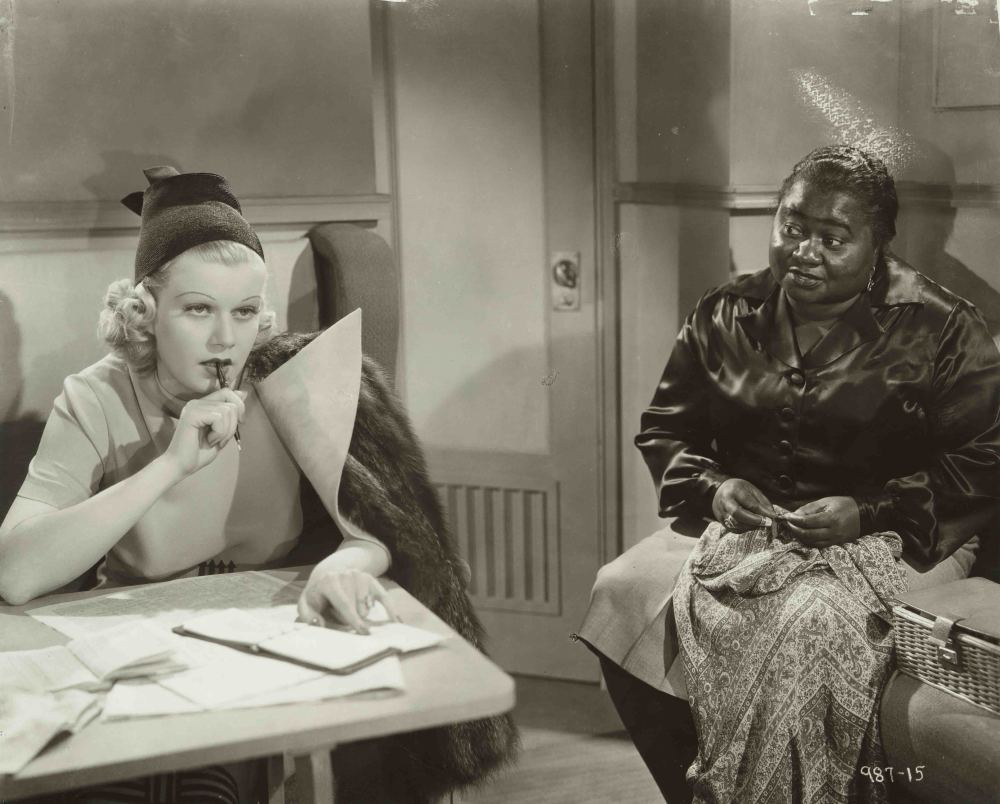
Jean Harlow and Hattie McDaniel in Saratoga (1937), production still. Courtesy Margaret Herrick Library.
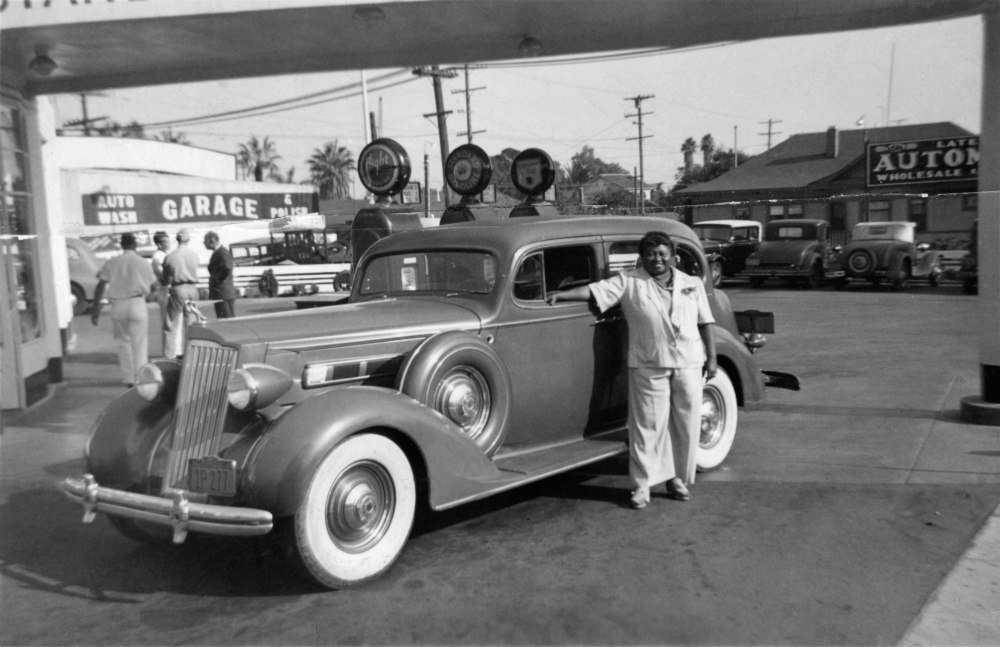
Hattie McDaniel with her green Packard Twelve, ca. 1940. Courtesy Margaret Herrick Library; Hattie and Sam McDaniel Collection
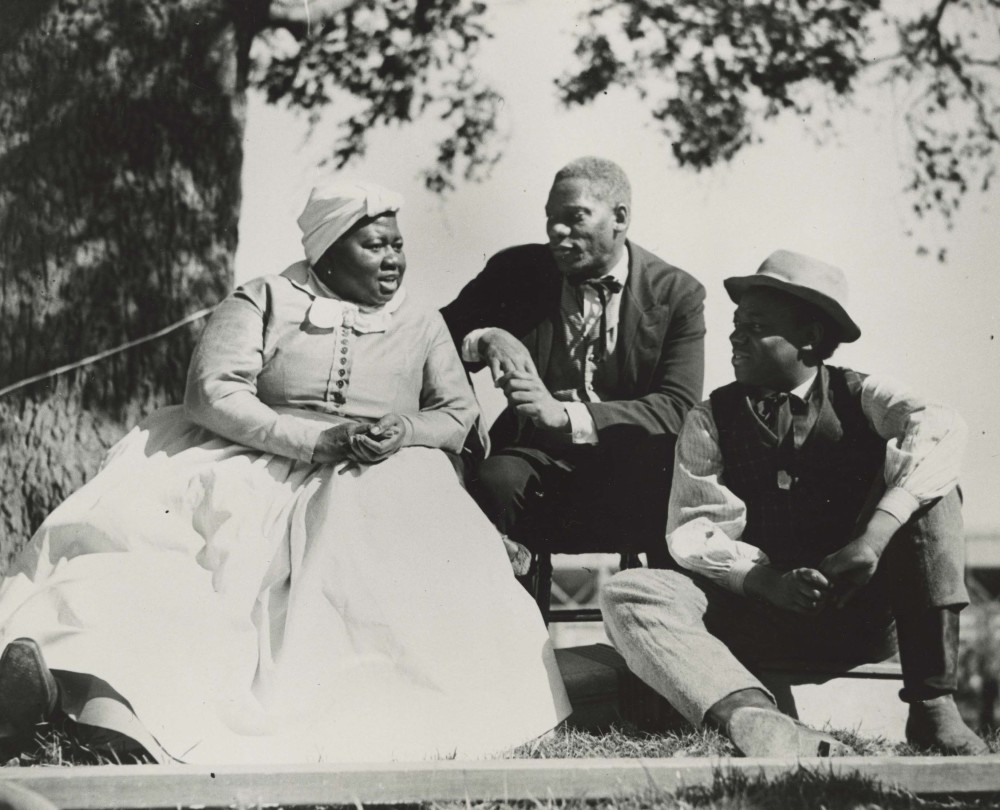
From left: Hattie McDaniel, Oscar Polk, and Ben Carter during the filming of Gone with the Wind (1939), production still. Courtesy Margaret Herrick Library; Hattie and Sam McDaniel Collection
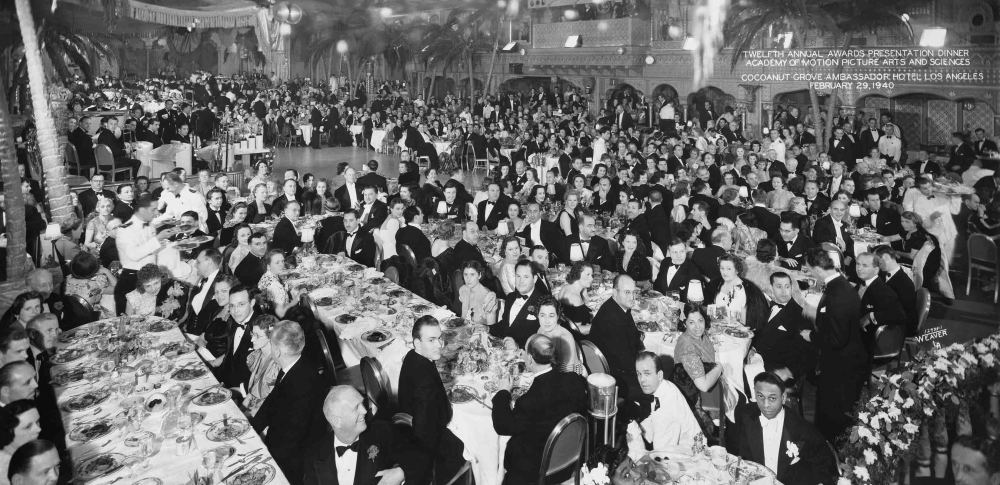
Hattie McDaniel (partially visible at lower edge) and Ferdinand Yober, at the banquet for the 12th Academy Awards, Cocoanut Grove, Ambassador Hotel, 1940. Courtesy Margaret Herrick Library.
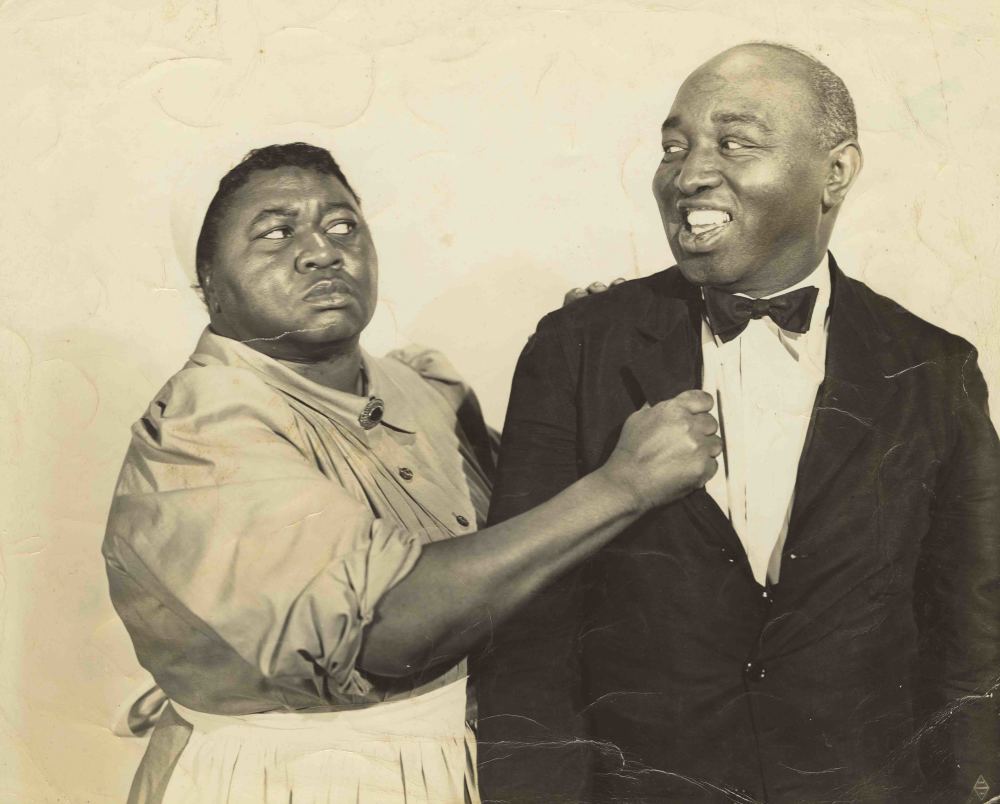
Hattie McDaniel and her brother Sam in The Great Lie (1941), publicity still. Courtesy Margaret Herrick Library.